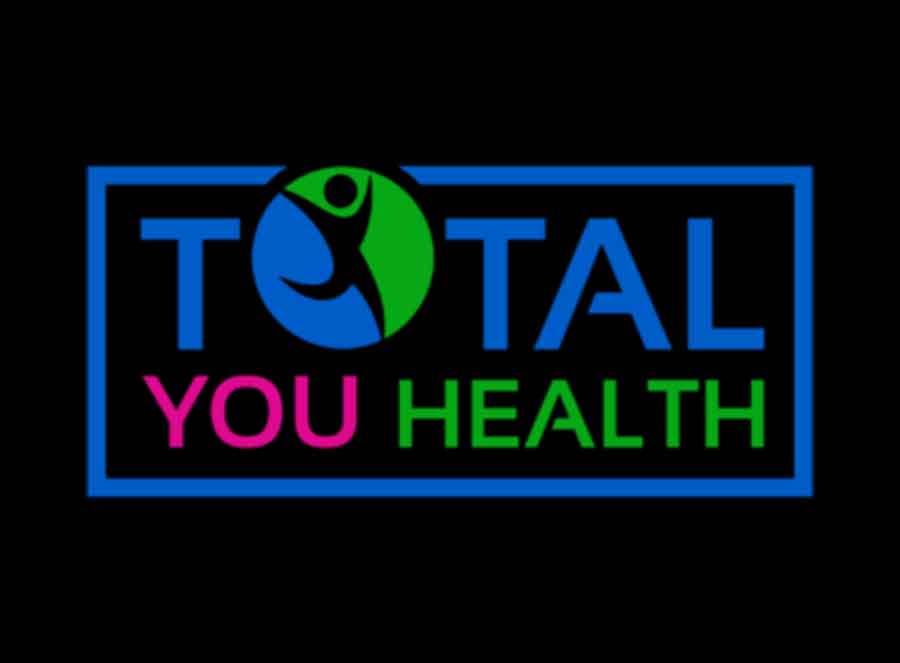Did you know a whopping three out of four Americans, studies show, will have a foot problem at some time in their lives? We see it all the time in the office and more so now that the weather has gotten a bit warmer. Foot pain is NOT normal and there are remedies out there that don’t cause more pain and are non-toxic!
Not only is foot pain common, but 36% of the population will experience lower body pain each year. Runners in particular have lower body pain issues, with over half of all runners getting injured at least once each year. These statistics are alarming, which is why we are covering it in this episode as more people get outside to do a workout.
We will go through these in a moment, but for now, we will list some of the most common knee, foot, and leg injuries, whether you are a runner or just overdid it.
1) Plantar Fasciitis – this is the most common cause of heel pain, according to the American Academy of Orthopedic Surgeons. It happens when the fascia on the bottom of the foot becomes inflamed. Being obese can cause this issue to occur, but also having tight calf muscles and participating in activities that repetitively stress the heel, such as running.
Symptoms of this are pain on the bottom of the heel or worsening pain with activity. You may also experience a stabbing sensation or tightness in the arch of the foot.
2) Bunions – this happens when the big toe pushes against the next toe. It can form a bony bump on the joint at the base of the big toe. It can also be caused from hip instability
Symptoms of this are pain and stiffness around the toe joint. You may also have pain when walking.
3) Achilles tendonitis – this condition refers to inflammation of the tendon that connects your calf to your heel. It may happen with repetitive or strain on the tendon, which is used when you walk, jump, or run.
Symptoms include pain in lower leg, swelling, or limited range of motion.
4) Runner’s knee – this occurs when the kneecap continuously rubs against the thigh bone, causing pain around the front of the knee. It may be caused by an uneven gait, but other reasons include weak thigh muscles, tight hamstrings, and overuse. Studies show that half of runner’s experience knee issues of some sort.
Symptoms include pain in kneecap, instability, weakness in knees, or a clicking sound in the kneecap.
5) IT band syndrome – this is the connective tissue that runs from outer hip to knee. It stabilizes the knee when walking or running. The condition happens when the IT band rubs against the leg bone due to repetitive friction. It may be caused by weak glute muscles, weak abs, or hips.
Symptoms are a sharp pain on the outer side of the leg, or pain when you bend the knee.
6) Shin splints – this condition occurs when you feel pain or sensitivity in the front of your lower legs, along your shinbone. They can happen when you increase your running volume too quickly or don’t wear shoes with good support. They aren’t serious, but if you don’t take care of them, they can lead to stress fractures.
Symptoms include pain on inner or outer part of shinbone or mild swelling.
7) Hamstring injury – occurs when this area is tight, weak or overused.
Symptoms are a dull pain or tenderness in the back of your upper leg.
So, what can be done for these types of injuries? A lot of recommendations mention stretching and strengthening exercises. In the show notes, I have copied the resources used for this podcast, which include links to ways you strengthen and stretch to help alleviate these pain conditions. Make sure to check these out if you are experiencing any of these issues.
Another thing you can do is use red light therapy! Total You Health has a spot treatment available that can address the pain and inflammation associated with each of these injuries and help them heal faster.
As a matter of fact, here is a testimonial given by someone very recently that we helped who had plantar fasciitis – Biggest regret – I should have gone sooner. I suffered with heel pain for months. Started light therapy and noticed a difference in a week. Pain relief is gradual, but if you stick with it for a couple weeks, the ability to walk again pain-free is exhilarating! Julie B.
Please check out the links below to scientific articles that discuss how much red light therapy may help with these and other conditions.
One more thing you can do is to try some MELT self-care techniques. The best thing about this is that once you learn the techniques, you can do them on your own at home!
Total You Health will be hosting classes for runners or those with lower body pain issues soon! Continue to check our website and Facebook page for upcoming MELT classes near you.
Resources
- https://www.medicalnewstoday.com/articles/319190#bunions
- https://www.voyagehealthcare.com/blog/common-foot-problems-experienced-by-runners-and-what-to-do-about-them
- https://www.healthline.com/health/running-injuries#injury-stats
- https://pubmed.ncbi.nlm.nih.gov/31107161/
Additional information on stretches/strengthening exercises and injury prevention tips – https://drive.google.com/file/d/199zIn8d802RFlur_iWx1eM6M-udvV9F1/view?usp=sharing
PubMed articles:
– Plantar Fasciitis – https://pubmed.ncbi.nlm.nih.gov/31107161/
– Bunions – https://www.foothealthcenters.com/laser-therapy.html
– Achilles Tendonitis – https://pubmed.ncbi.nlm.nih.gov/26610637/
– Runner’s Knee – https://www.ncbi.nlm.nih.gov/pmc/articles/PMC6412098/
– IT Band Syndrome and much more – https://www.txlasertx.com/pain-management



